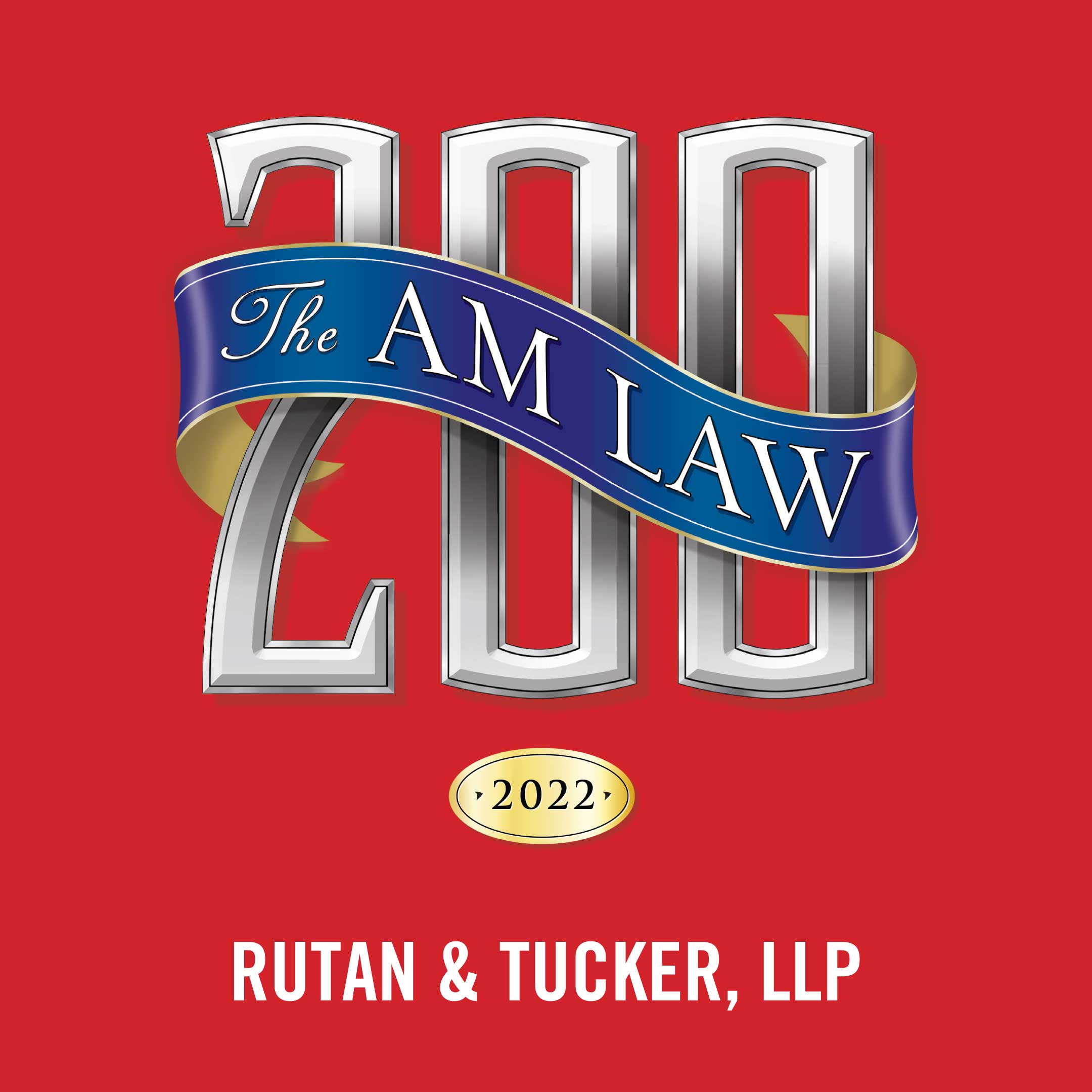Like many public agencies across the state over the last decade, the City of Santa Monica was threatened with a California Voting Rights Act (“CVRA”) challenge unless it changed its at large method of election to a by-district system. The City refused, and after years of litigation and millions of dollars spent on both sides, the City lost in the trial court. Plaintiffs requested recovery of $22 million in litigation expenses under the CVRA’s one-way attorney’s fees provision.
However, the Court of Appeal overturned the trial court’s ruling, finding that the City did not violate CVRA or the California Constitution, for the first ever “win” by a public agency in the nearly 20 years of the CVRA’s existence (this article does not address the constitutional claims, which involve detailed analysis of past enactments unique to the City). The Plaintiffs have already stated publicly that they will be seeking review from the California Supreme Court.
This is only the fourth reported CVRA case, and is the first case to establish the elements for CVRA liability: a plaintiff must prove that (1) they are a member of a protected class; (2) a resident; (3) the public agency uses at-large voting; (4) racially polarized voting occurs in the agency’s elections; and (5) vote dilution occurs. Critically, this case requires the existence of actual vote dilution as a mandatory element of liability, not just the mere existence of racially polarized voting, which previously was generally understood to be sufficient, by itself, to establish liability under the CVRA. (See, Elec. Code § 14028.) This case defines the “dilution” element as essentially requiring a plaintiff to show that district elections would actually change electoral results by providing the relevant protected group with enough voting power to do so.
Specifically in this case, the Court found that the Plaintiffs failed to show that the proposed district election system would actually change election results because it would have resulted in a 30% Latino district (the City is 15% Latino City-wide), far short of a majority even in the district with the highest Latino population. Accordingly, the Court stated that the lack of electoral success of Latinos’ candidates of choice was not the result of volte dilution, but the result of a democratic “majority rule” system.
The Court also rejected Plaintiffs’ argument that the foregoing change from 15% to 30% is legally significant because it increases the electoral “influence” of Latinos in the City, reasoning that Plaintiffs did not present sufficient evidence showing that the increased Latino influence from the proposed district elections would have actually resulted in Latinos electing the candidate of their choice. The Court explained that under Plaintiffs’ proposed standard for influence claims, showing the ability to increase any amount of protected class influence, no matter how small, would result in CVRA liability, which the Court determined would be an “absurd result.”
While not going quite this far, this opinion can be understood to essentially “reinsert” the requirement that a plaintiff show the ability to draw a “majority-minority” district, which is a requirement under the federal Voting Rights Act (“FVRA”) that the California legislature expressly attempted to remove when adopting the CVRA. At a minimum, the Court appears to require a CVRA plaintiff to show the ability to draw a near majority-minority district, and show that such a district would actually change the outcome of elections by allowing the protected class voters to elect the candidate of their choice.
Accordingly, if this decision stands, a public agency with a relatively small percentage of a protected class may avoid CVRA liability even if racially polarized voting is present, particularly if that protected class is spread out throughout the public agency’s jurisdiction such that they could not be sufficiently concentrated into one district. This case appears to address to commonly asserted frustration among cities and other agencies with similar demographics that have been coerced into converting to district elections under threat of CVRA litigation– that the change will not actually “do anything” for the jurisdiction’s minority voters.
* * * *
This e-Alert is published periodically by Rutan & Tucker, LLP and should not be construed as legal advice or legal opinion on any specific facts or circumstances. The contents are intended for general informational purposes only.



